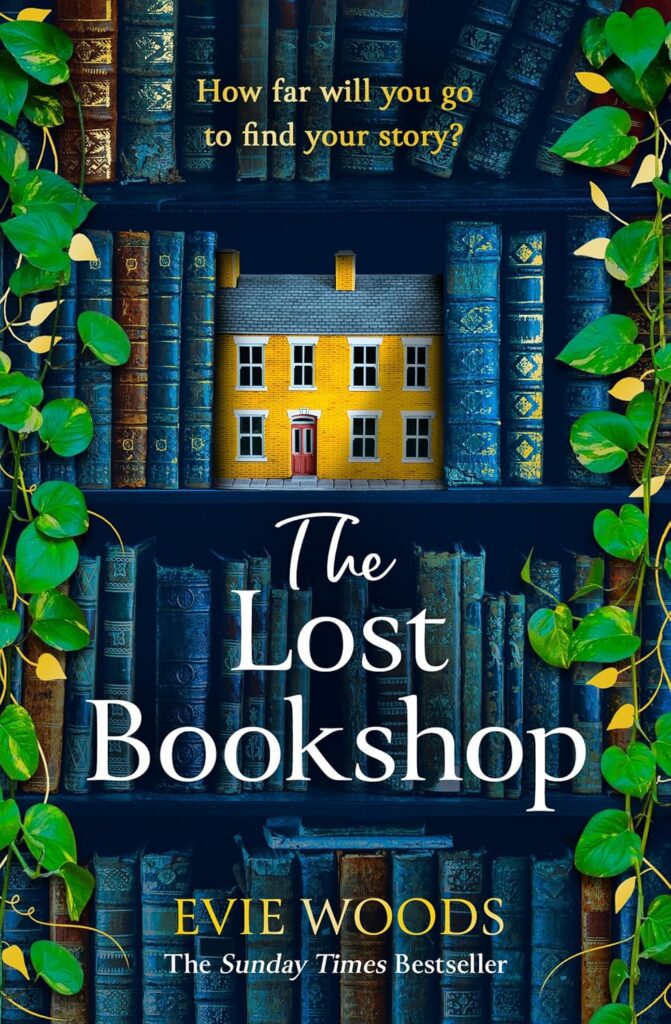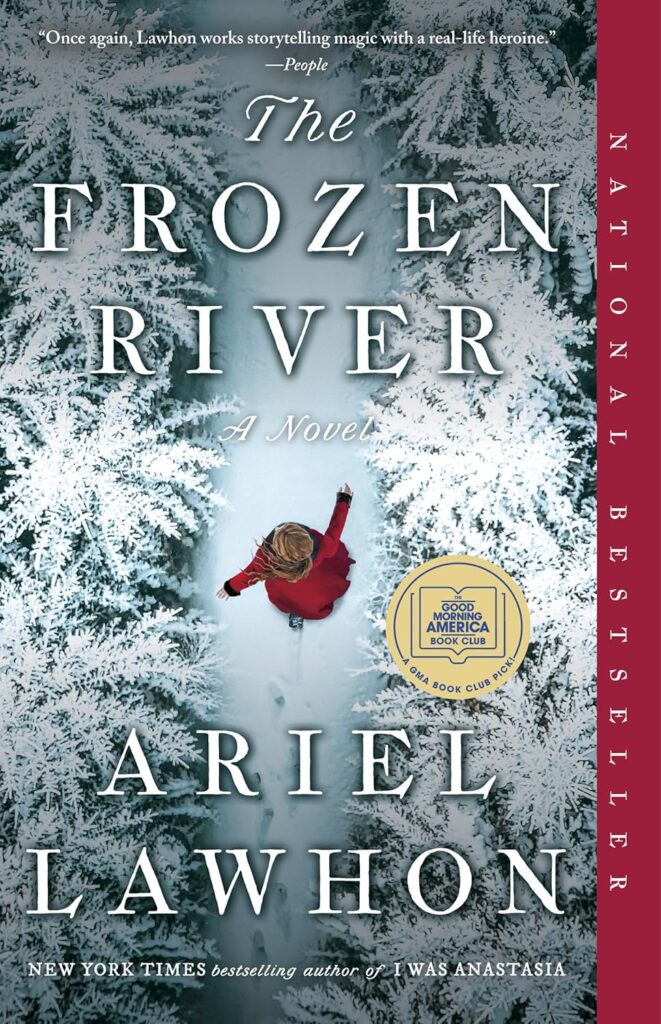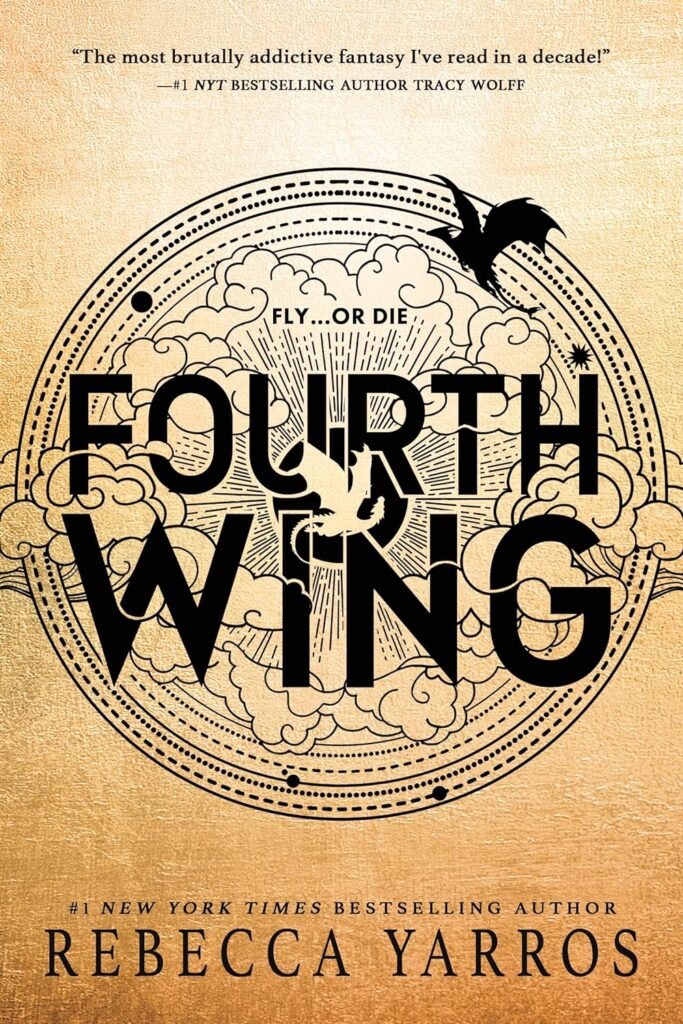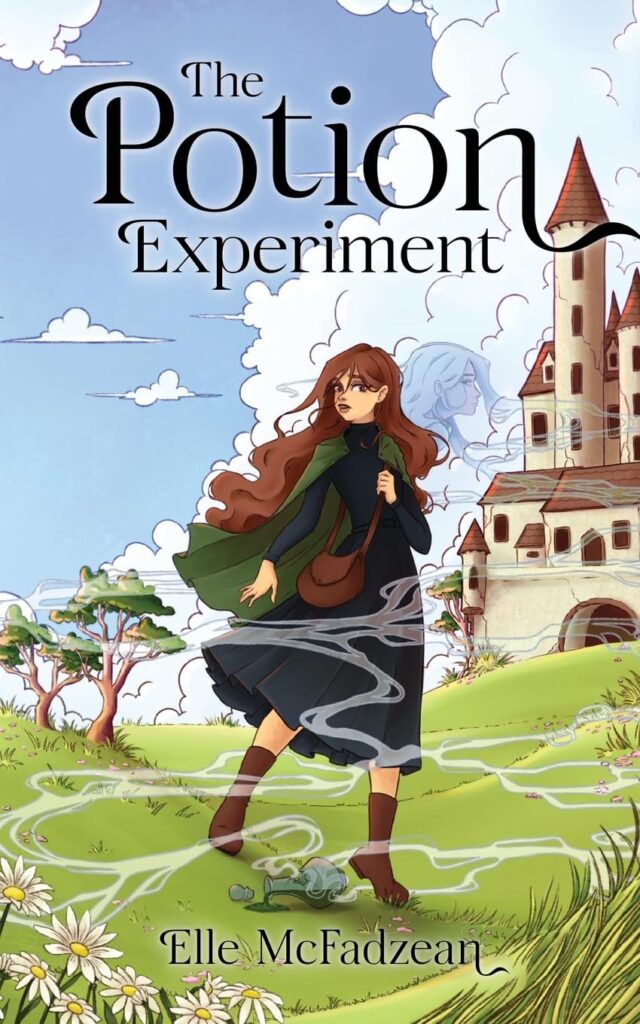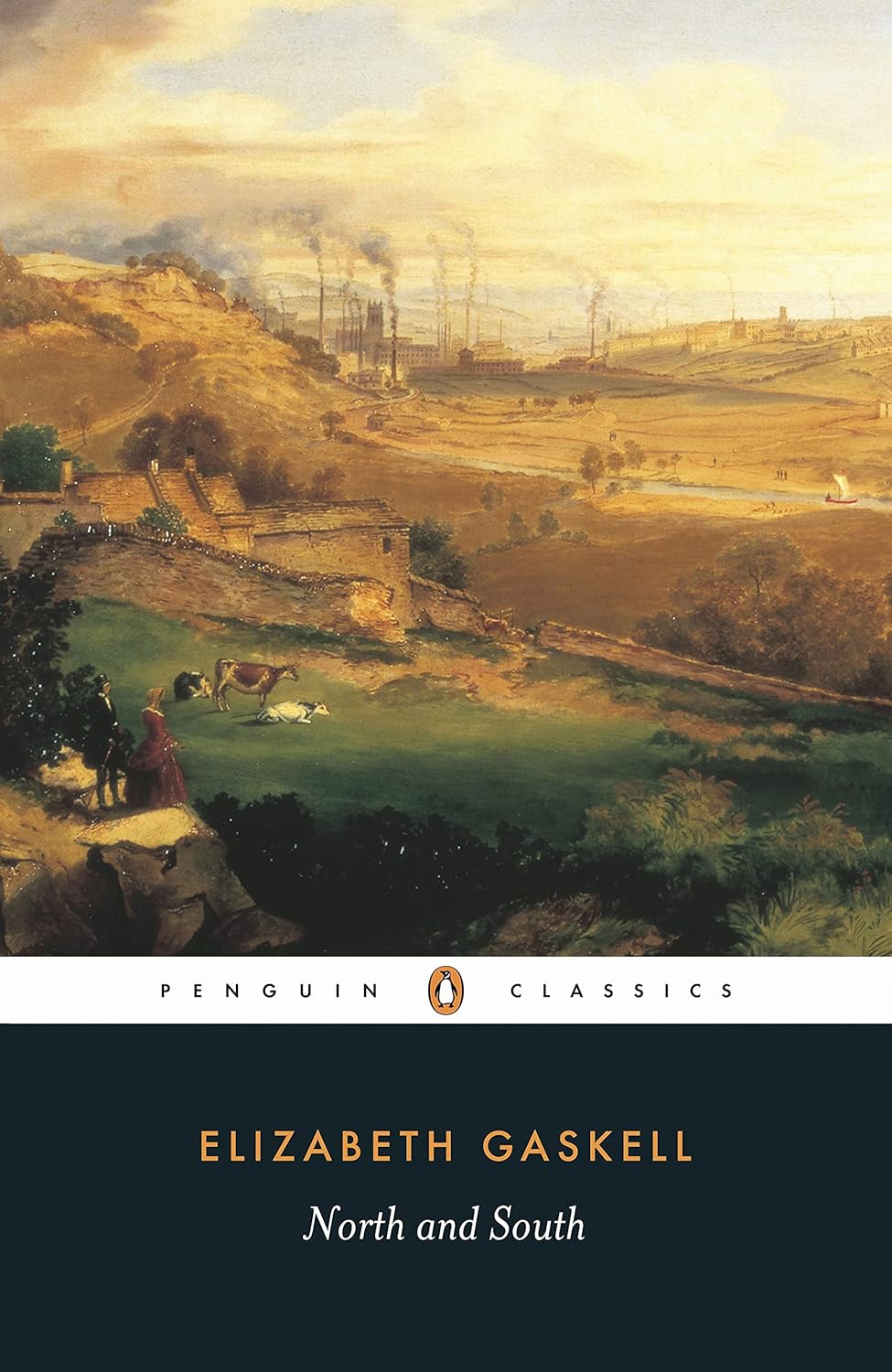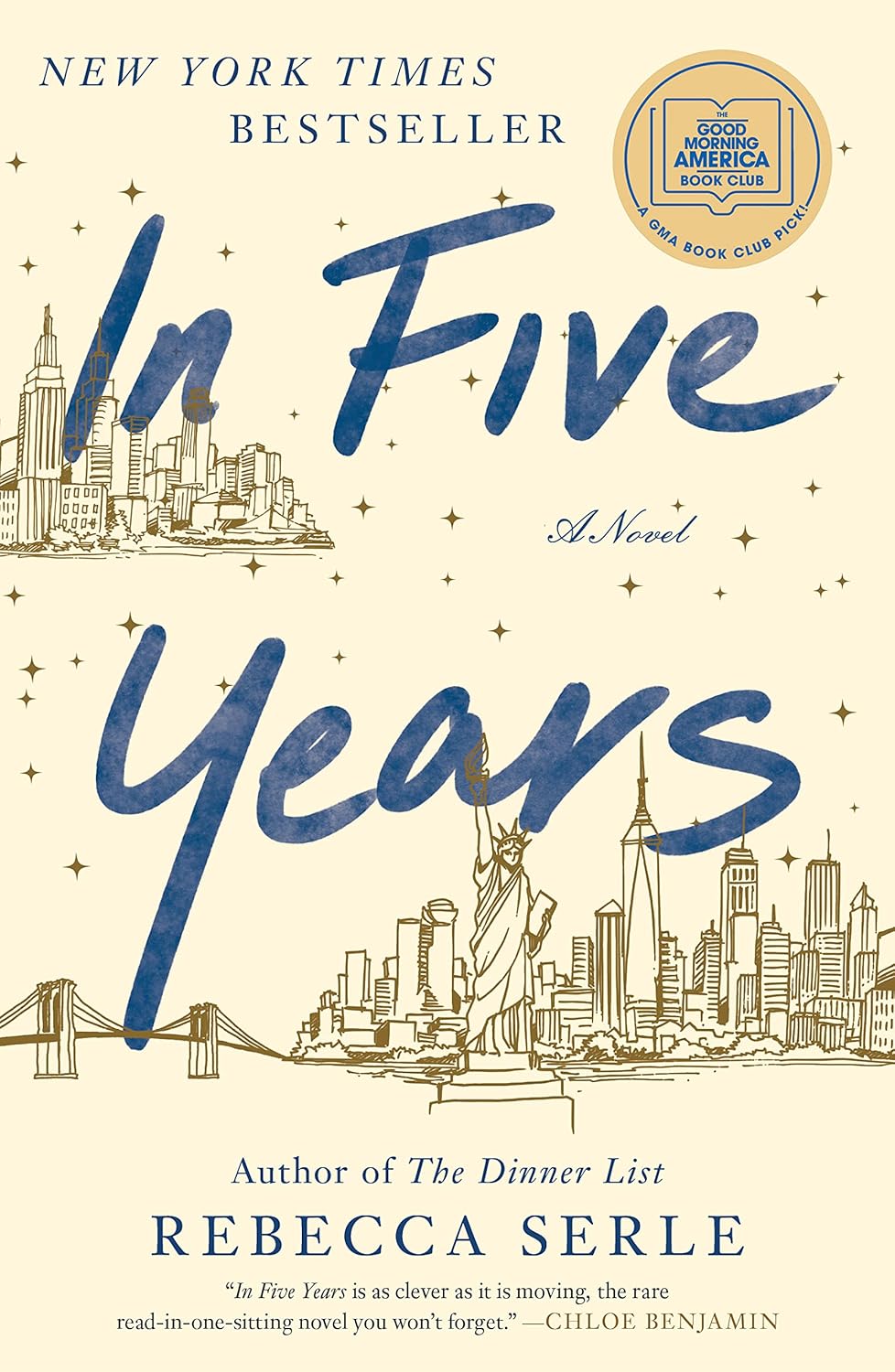North and South by Elizabeth Gaskell is a romantic, social commentary and an industrial battle packed in one splendid Victorian novel. The book, first published in 1854, provides a deep and penetrating insight into the vast differences between England’s pastoral South and its industrialized North.
Frequently compared to Pride and Prejudice for its “enemies to lovers” plot, North and South explores class struggles, gender roles, and economic transitions during the Industrial Revolution in greater depth. It is a timeless classic that is still relevant today, a narrative filled with a depiction of a changing society a topic worth discussing and exploring.
Synopsis
The book tells the story of Margaret Hale, a spirited and intelligent Southern girl. When her father a clergyman, experiences a crisis of conscience and leaves the Church of England, the family of Hales move to the industrial town of Milton (modeled on Manchester).
To Margaret, Northern life seems harsh and blunt, an inhospitable place compared to the idyllic, genteel South she has just escaped from.
The polluted air, the clamour of the mills, and the harsh economic realities of division between workspaceowners and workers informs Margarets views on Milton. Her world has been characterized by a much less split nature of labor and leisure and she has no inkling of the brutality of industrial capitalism. T
he novel follows her meeting with John Thornton, the self-made mill owner representing the matter-of-fact industriousness of the North. Thornton on the other hand, unlike Margaret, has earned his own money by hard work and determination, ascending the social ladder. Proud of what he has done, he has faith in a meritocracy that he believes has long been the way in the world of industry.
Their connection is one of mixed messages, political disputes, and intense infatuation. Margaret considers Thornton a crude, heartless capitalist; whereas Thornton regards Margaret as comically naive and morally pompous, a product of her Southern prejudices.
Through her friendship with Nicholas Higgins (a factory worker), Margaret becomes embroiled in the struggles of the working class, and her perspective on capitalism and social responsibility begins to change.
At any rate, Thornton when he enters the scene is a man with an inflexible set of beliefs, and he too is changed — although it is the combination of Margaret’s compassionate nature (not to mention her sense of fairness) that brings about another big and signed turn in the initially adamant Thornton, and is the main catalyst which leads him to an eventual change of heart and soul on the matter of both business and human relations.
Themes and Analysis
Industrialization and Class Struggles
Perhaps the most significant element of the novel is its portrayal of how mill owners and workers are affected by industrialization. Unlike many of her more one sided peers on Victorian literature, Gaskell presents us with a sympathetic view of the plight of both the workers as well as the plight of the industrialists such as Thornton.
The North-South divide is more than geographical; it is one of the deepest-seated cultural and economic divides that we have. The South, pastoral, rural, and traditional rather than industrial, a signal of cultural decline, the older way of life vs the newer, industrious and changing North.
But the price of progress is low-level factory workers putting in long hours under dangerous conditions with little concern for their welfare.
Using characters such as Nicholas Higgins, an advocate for workers’ rights, and Bessy Higgins, a dying factory worker afflicted with lung disease, Gaskell brings to life the human cost of industrialization.
Simultaneously she does not vilify the mill owners like Thornton, who at first has little sympathy for the workers plight, but ultimately recognizes the need for change. The way he ultimately decides to run his business, fairer and more humane, conveys an important theme of the novel: progress is preferable when it is moderated by humanity and compassion.
Character and Romance
Central to North and South is the slow.mounting romance between Margaret Hale and John Thornton. Rather than being a relationship of lightning bolt attraction, theirs is a relationship of mutual transformation. Margaret comes to respect Thornton and his integrity and work ethic despite her preconceived notions against industrialists.
Thornton in turn is forced to see his laborers not just as expendable assets but as human beings with needs and rights. This progression makes their eventual union so satisfying and well deserved —😩.
Margaret and Thornton’s courtship is full of melodramatic, tension filled, ‘will they, wont they’ moments of eclipse and misunderstanding that make their romance a textbook enemies to lovers dream.
One of the most heartbreaking scenes, is when Thornton professes his love for Margaret, only to be repudiated in no uncertain terms. Margaret implies that she doesn’t feel for him, but her refusal isn’t just because their feelings are unreciprocated; it’s because she despises his way of life.
Throughout the course of the novel, though, she is able to see his strength and perseverance, and, eventually, his acceptance to change, which shifts her perspective.
Margaret teaches Thornton humility in much the same way. Though her rebuff bruises his ego, he doesn’t dwell on the slight — he composes himself and takes the opportunity to learn and evolve.
Finally, his eventual impoverishment serves to make him even more human, helping him to experience life as the less fortunate do. At the end of the novel, their love story is more than a romance, it is a symbolic representation of the reconciliation of the two divided worlds they embody.
Feminism and Gender Roles
Margaret Hale is perhaps one of the strongest feminist protagonists of the entire Victorian canon. She is loud, she is brash, she’s not marrying any rando because that is what is expected of females. She bears male burden in the process of subverting Thornton’s views while existing within a world that frequently negates women’s agency.
Margaret, in contrast to the typical passive nature of Victorian heroines and movie heroines who are often only defined by their romantic trajectories, takes an active role in the shaping of her own fate.
As her parents are incapable of handling family matters, she steps into the role, breaks up a workers’ strike to stop from bloodshed, and brushes away unwanted hands. As a woman of principle and courage, she represents the evolving identities of women at the turn of the 19th century.
Thornton does not fall in love with Margaret because of her beauty; he falls in love with her because she possesses strength and intelligence. He loves her out of respect, so their relationship is one of equi- not dominion. N&S is rather ahead of its time regarding its depiction of gender relations, which makes it stand out among other Victorial books.
Comparison to Pride and Prejudice
Many readers liken North and South to Pride and Prejudice. Both novels revolve around the central romance between a wealthy gentleman with a great deal of pride and a woman who is strong-headed and does not initially see his true colors. Yet while the conflicts of Austen’s novel are domestic and based around misunderstanding or breach of social etiquette, those of Gaskell’s novel place the romance in the midst of larger patterns of social and economic strife.
Mr. Darcy (Pride and Prejudice) and John Thornton (North and South) are both proud, rather austere men who are gradually transformed into more open and emotionally available personas.
In a similar vein, both Margaret Hale and Elizabeth Bennet start with systematic prejudices against their respective love interests, but uplift themselves through the experience, gaining an understanding of their own biases. But in North and South the stakes are greater, deftly interweaving industrial action, class conflict and economic hardship into the narrative.
Final Thoughts
A love story is hardly equal to Near and Far, though, since Elizabeth Gaskell transports us to class difference, labor, and self-discovery and struggles until there is no more agony in this her powerful social novel about the North and South.
For never to be forgotten characters such as Margaret Hale and John Thornton, rich Victorian details and themes, the novel itself is eternal for fans of the classic. Whether you like Victorian literature, industrial fiction, or a good, solid romance, you will find it gratifyingly deep in North and South.
Why You Should Read North and South
- This has themes and a storyline similar to Pride and Prejudice, but a much deeper look at the issues of class
- When you like the idea of a strong, independent heroine in classic literature
- Recommending Victorian literature for its perspective on industrialization and class struggles
- If you adore a deep character driven enemies to lovers romance
As a classic novel, Gaskell’s North and South endures as a captivating story, relevant now just as much as it was when she penned it, and should be a required read for anyone interested in 19th-century literature that speaks to the heart and the mind.
Its themes of division among the classes, the position of the female, and the strength of self-betterment keep it just as pertinent today.
